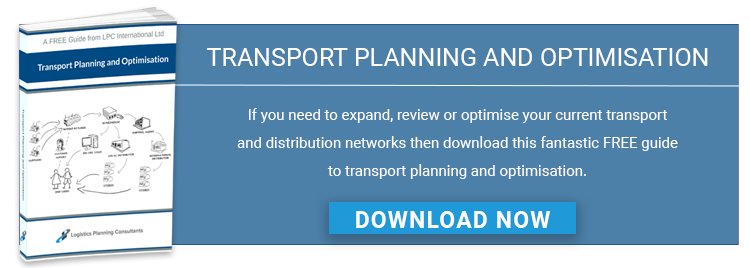
The use of automated systems within warehouses can positively impact performance, but to ascertain whether this is a suitable option for your business, you'll need to calculate your likely return on investment (ROI). Here are some of the factors you'll need to take into account.
The Costs Of Implementing A Warehouse Automation System
There are, of course, some expenses involved in automating warehouse processes:
Initial Outlay
You'll need to include your initial system design, purchase and installation costs in your calculations, but these should be depreciated over each asset's expected lifetime. Remember that the value of these assets is also likely to decrease in future.
Ongoing Maintenance & Support
You'll also need to factor in the expenses involved in ensuring that your automation equipment is in good working order and meets the required safety standards, as well as projected costs in respect of future repair work and equipment upgrades.
Your Return In Terms Of Savings Made & Extra Sales
On the other hand, there are a host of ways in which you could financially benefit from warehouse automation:
Warehouse Efficiency Savings
Warehouse automation can enable you to streamline processes, resulting in greater productivity and boosting the cost-effectiveness of your operations. If you have fewer skilled and semi-skilled employees, and more automated procedures, you'll also need fewer supervisors, lowering your wage bill. Using free path material handling equipment can boost efficiency and, as your new storage systems are likely to be more innovatively designed than your existing racks, you'll also be able to use your workspace more effectively.
Reduced Product Wastage
Some products are particularly prone to sustaining damage when handled manually. These problems can be 'designed out' of automated systems, minimising the amount of goods that you need to write off.
Improved Stock Control
Using warehouse management software can help you to monitor the stock you have available, increasing the likelihood that you'll be able to satisfy and fulfil orders on time.
Improved Order Processing Accuracy
Automated systems produce more accurate results than their manual counterparts. That means fewer quality control checks, fewer customer complaints and fewer returned goods.
Additional Sales Opportunities
As a result of enhancing your processes by automating them, you may be able to fulfil more orders [DH2] , or offer your customers better service or deals. You may be able to implement later cut-off times, for example, or reduce your packaging or delivery costs, resulting in more sales and, in turn, higher revenue.
Profit-Boosting Strategies – What Else Can Warehouse Managers Do?
Implementing a warehouse management system could provide you with a superb return on investment, but if you optimise the way in which you transport goods at the same time, it could have an impressive effect on your company’s finances. Get your copy of our free Transport Planning & Optimisation guide now to find out more.
Image source: Pixabay


